Developer Deadpan Games’ Wildfrost is exceptionally charming because of its beautiful art, superb soundtrack, and adorable writing. Each deck feels unique as you build it, jumping around the map to find the next set of challenging enemies. Although the art is enchanting, it almost feels like a way to lower your guard against the many difficult enemies you’re about to encounter. As a result, overcoming them becomes a satisfying endeavor.
My time spent with Wildfrost was fun from start to finish, and there’s still plenty for me to unlock and complete. The overall gameplay took several standout elements from other notable deckbuilding games, such as Slay the Spire. Still, Wildfrost stands apart from that as an enjoyable rogue-lite and offers a fresh spin that is an endlessly satisfying experience.
Wildfrost’s Leaders are the foundations for every deck

When you start a game of Wildfrost, you’ll embark on a journey and take the fight against multiple enemies blocking your path. There are two lanes you’ll be battling these enemies, and these lanes are essential based on the type of attacks enemies use, and that all comes down to the keywords featured on their cards. You begin by selecting one of three potential leaders, and there are three unique tribes you can unlock by playing. Each tribe has a distinctive deck and playstyle that determines the type of cards you’ll unlock as you progress through the adventure.
The leader cards are your party’s lifeblood and will always be featured in combat. If your leader character falls, that’s the end of the game, and you’ll have to start over, which makes them a critical component throughout the deckbuilding process. The leaders are randomly generated at the start, and they appear with unique health bars, damage types, and keywords that determine what special effects they can unleash during combat. Many of these keywords are featured on other cards, which may also influence the type of cards you pick.
Because of the random generation of these leaders, I wish there were a button that could consistently randomize these options before setting out. Sometimes there are choices that are hard to love because of the keywords they have on the card or even how much damage they can output. It can feel challenging to tie together an efficient deck with only three choices.
However, leaders can become fun surprises that can lead to unexpected experiences, such as having a leader who only deals with counterattacks and then building a deck that is consistently shielding and healing it through every battle. Of course, there’s a good and a bad with these limited choices, and even if a run ends far too swiftly, I’m still eager to jump right back in with a new choice almost immediately. The real fun is adding to your deck and building synergy with your cards.
The joy of finding a diverse deck, and effectively using it in Wildfrost
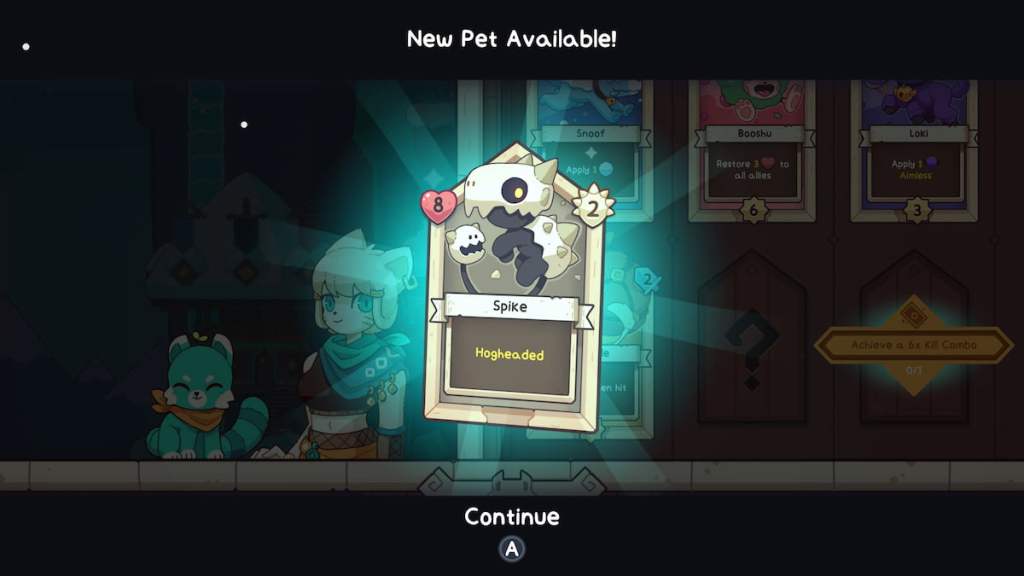
The leader, and the tribe they come from, serves as a strong foundation for your starting point in Wildfrost. The real mayhem is shortly after you pick fights and build up your deck. You’ll have to choose if you want to focus on adding robust companions to your arsenal or go down paths where you’ll pick up more money and random cards to use during your turns. There are benefits to choosing one path over the other. It all comes down to how you plan to use your leader, turning them into a passive fighter or one that relies on constantly drawing attack cards, directly damaging opponents.
Like Slay the Spire, your path is up to you, but you have few options, picking between one of two paths. You can clearly see the rewards on both pathways. However, the rewards and cards you’ll get are randomized, forcing you to adapt every time you start a run, and you can’t plan out your pathway as effectively as you can in Slay the Spire.
The combat is casual enough not to feel daunting. Every time you play a card from your hand, a turn takes place, and you can see what attacks your enemies are about to use, giving you plenty of chances to react to those upcoming attacks. Based on your deck and the tribe you picked, you might have options to slow down enemy attacks, speed up your side’s impending attacks, or buff your cards for the battle, giving them a little boost. It all comes down to the diverse set of keywords you’re focusing on for your deck and preparing for the next fight, where every new area you explore has diverse keywords distinct from the previous locations.
These crucial keywords are scattered throughout the game, giving you a chance to build a deck that only uses counterattacks, and provides a range of heals, shields, or debuffs enemies to prevent them from having your side.
Similar to the limited leader choices, these few options can feel restraining. It can be frustrating when you don’t feel prepared to take down the initial boss battle shortly after starting the game. Worse, the difficulty rises substantially when you enter the next area, giving you barely enough time to prepare for the next level of fights. It’s a demanding jump that can feel overwhelming when consistently hitting a wall. Wildfrost toes a precarious line of overwhelming difficulty with exciting challenges.
However, it can boil down to having the stars align to pick up the perfect cards for your deck, similar to other rogue-lites. If defeating the punishing combat doesn’t win you over, the adorable art and wonderfully named cards likely win.
Wildfrost contains gorgeous art, and an equally charming personality is thrown into every card

What drew me into Wildfrost was the adorable art and names of each one I discovered. The art style unequivocally drips with happiness and joy, making it hard not to smile each time you play, which can make it sometimes difficult to watch those cards get destroyed by enemies or to destroy the enemies.
Everything about Wildfrost gives a warm feeling, and the music adds another layer, making starting a fight deliciously exciting. It begins with a soft melody, but it picks up when the first attack happens, and the adorable charm rings through every note.
I was sold about the world of Wildfrost when I loaded it up. It’s heartbreaking to lose one of the leaders, but it happens so quickly, and beginning from the start again is so easy; it does make these characters relatively forgettable, but the companion characters and standard cards you find along the way that can appear regardless of what leader you pick, making them the real stars.
It is disappointing that your leaders can’t leave a more significant mark on the overall campaign outside of having their name appear on the book you open at the start of every run. What stands out more is their health, damage, and keywords they used, functioning more as a central mechanic for your deck rather than a memorable character you’ll fondly think about 10 runs later.
The verdict
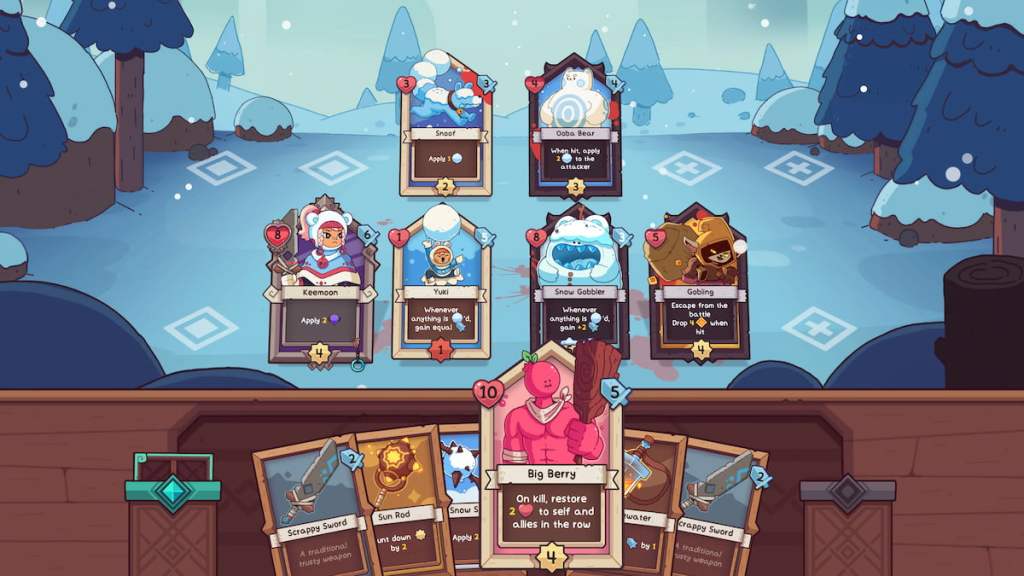
At times, Wildfrost can feel a little frustrating because it often doesn’t give you enough time to prepare for the subsequent difficult encounter. You can feel significantly outmatched, and the random nature of an adequate leader with good stats or suitable cards were in your favor; it’s easy to look past this because of how quick it is to jump straight back into a run.
It’s a game with charm, gorgeous art, and soothing music, making jumping into the action extremely enjoyable. The strategy becomes even more delightful when you dive into it, slowly peeling back seemingly simple layers to show a more complex nature underneath it. A lot is going on in Wildfrost, but it never overwhelms you, and it’s easy to find yourself lost in it for hours as you carve the path forward for your tribe.
Final Score:
8 / 10
| + | Delightful art and charming writing |
| + | Enjoyable strategy that’s simple to pick up |
| + | Satisfying combat that doesn’t become draining or overstay its welcome |
| – | RNG feels like a factor and can easily make or break a run |
| – | The difficulty can dramatically ramp up, and can make it feel discouraging |
Gamepur team received a PC code for the purpose of this review.

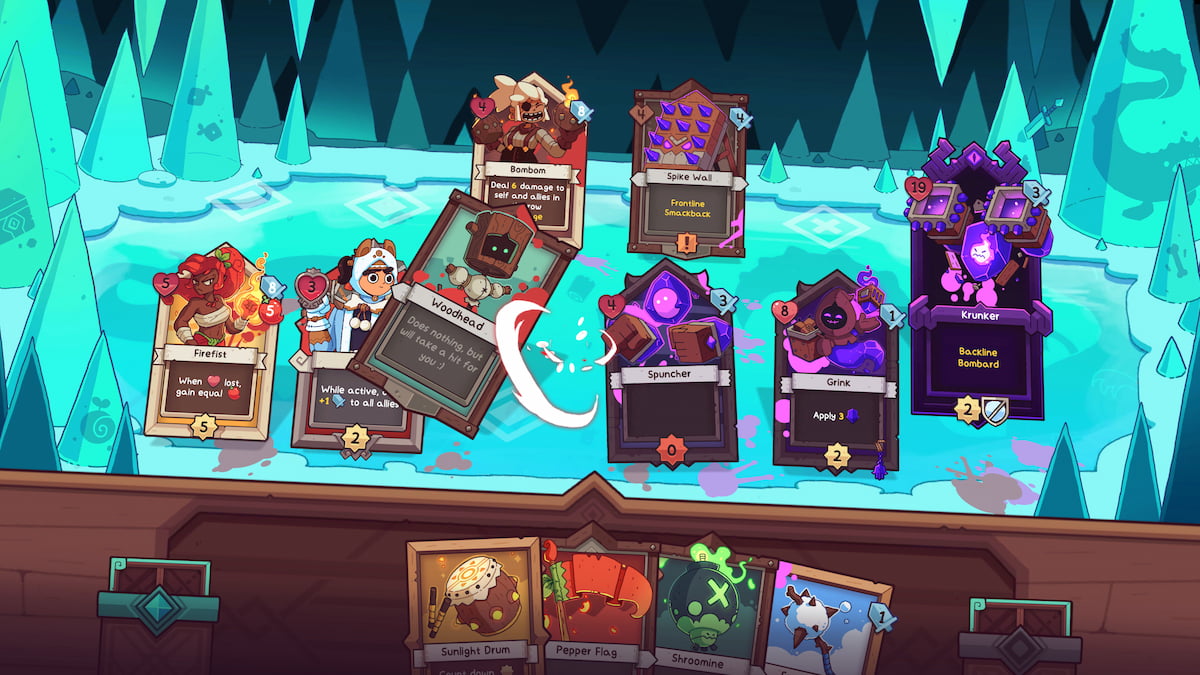
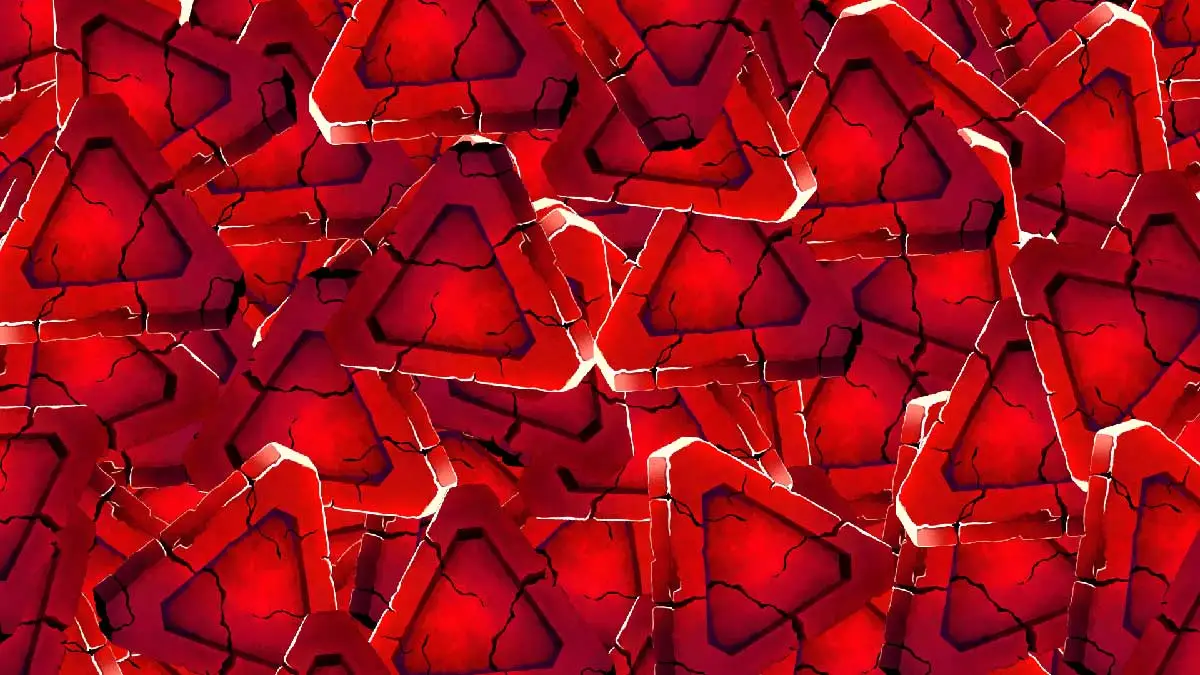
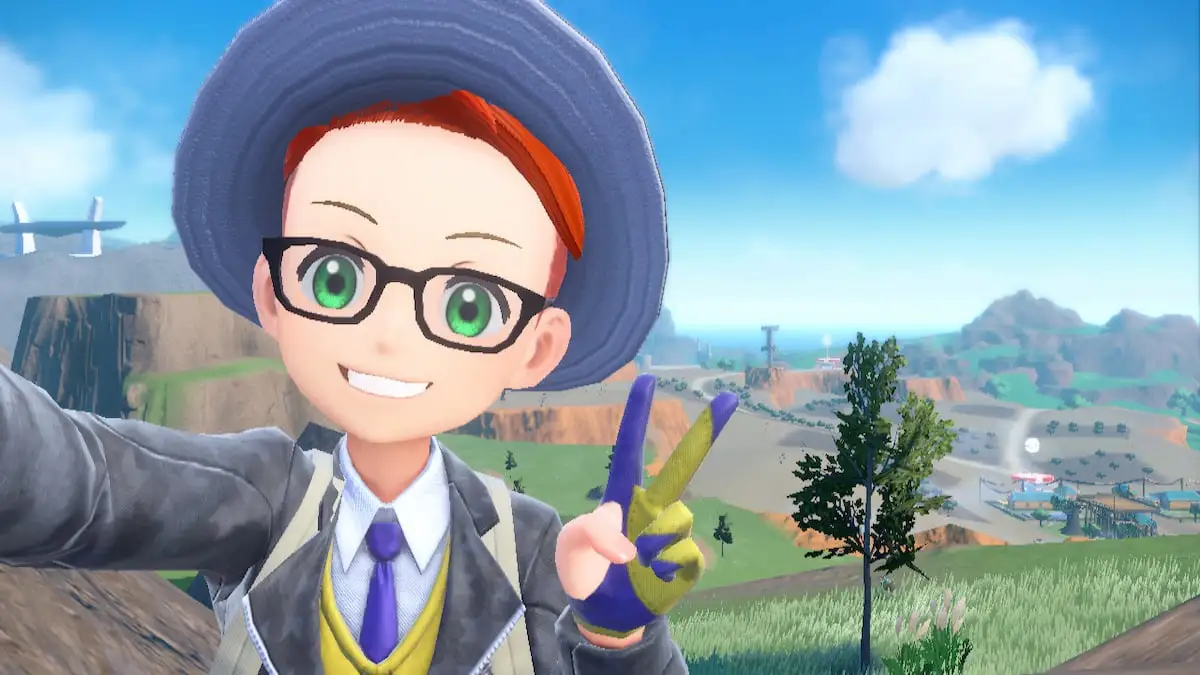
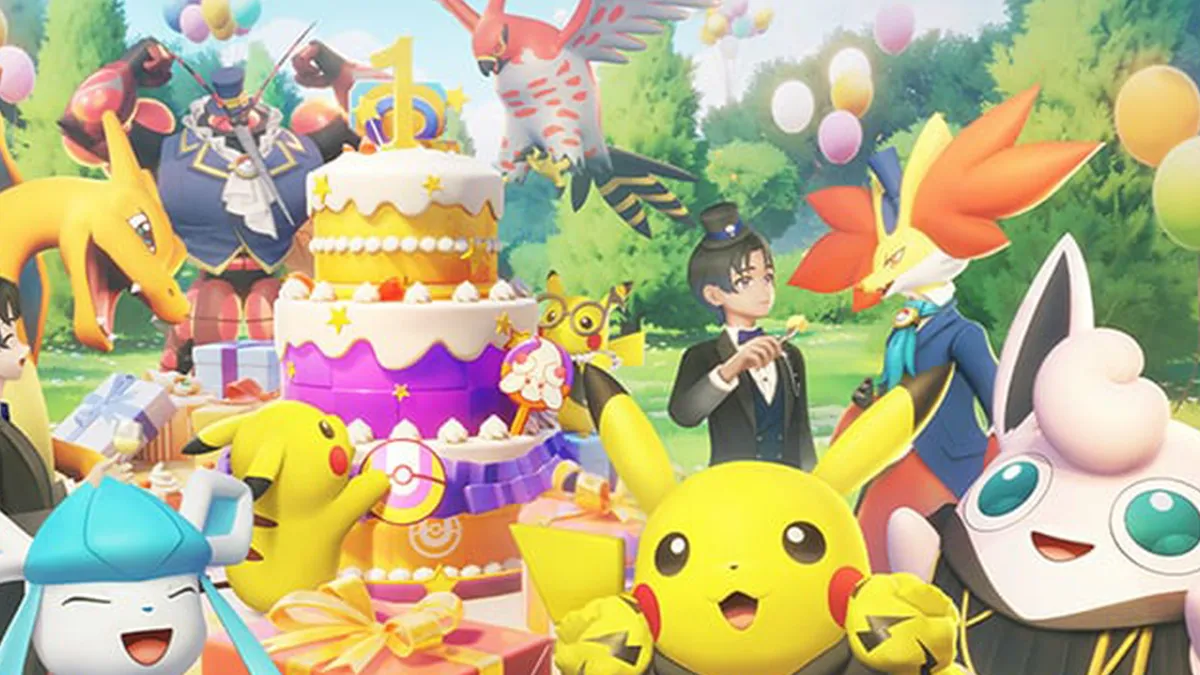

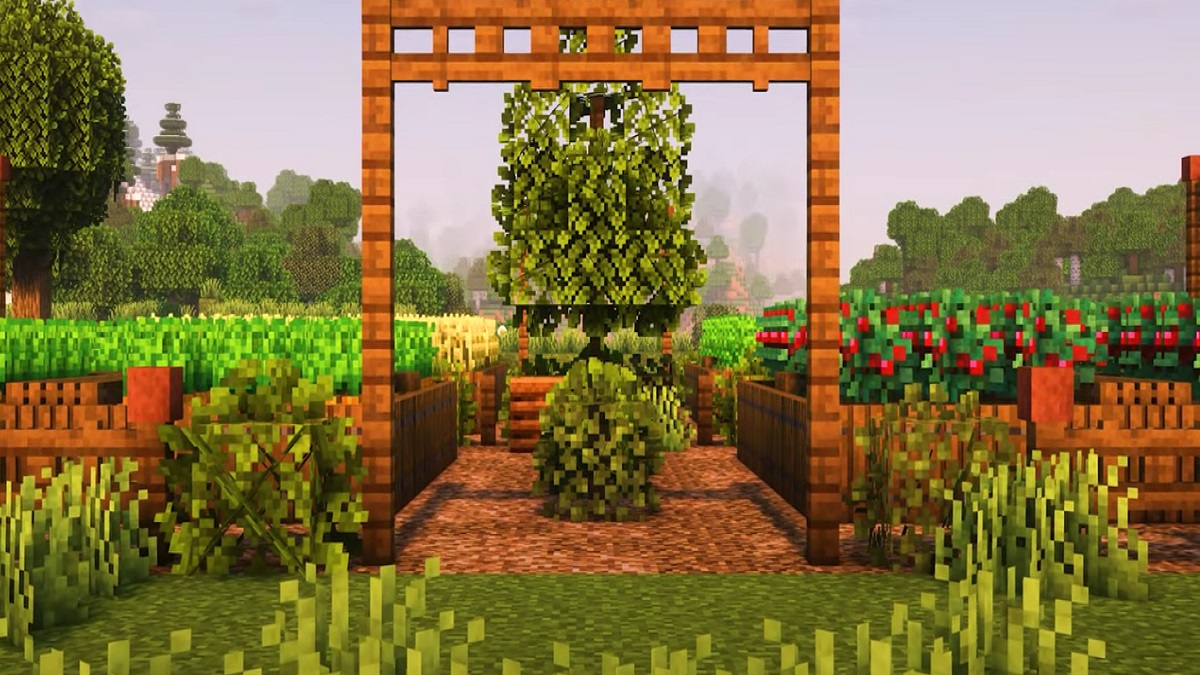
Published: Apr 12, 2023 10:06 am